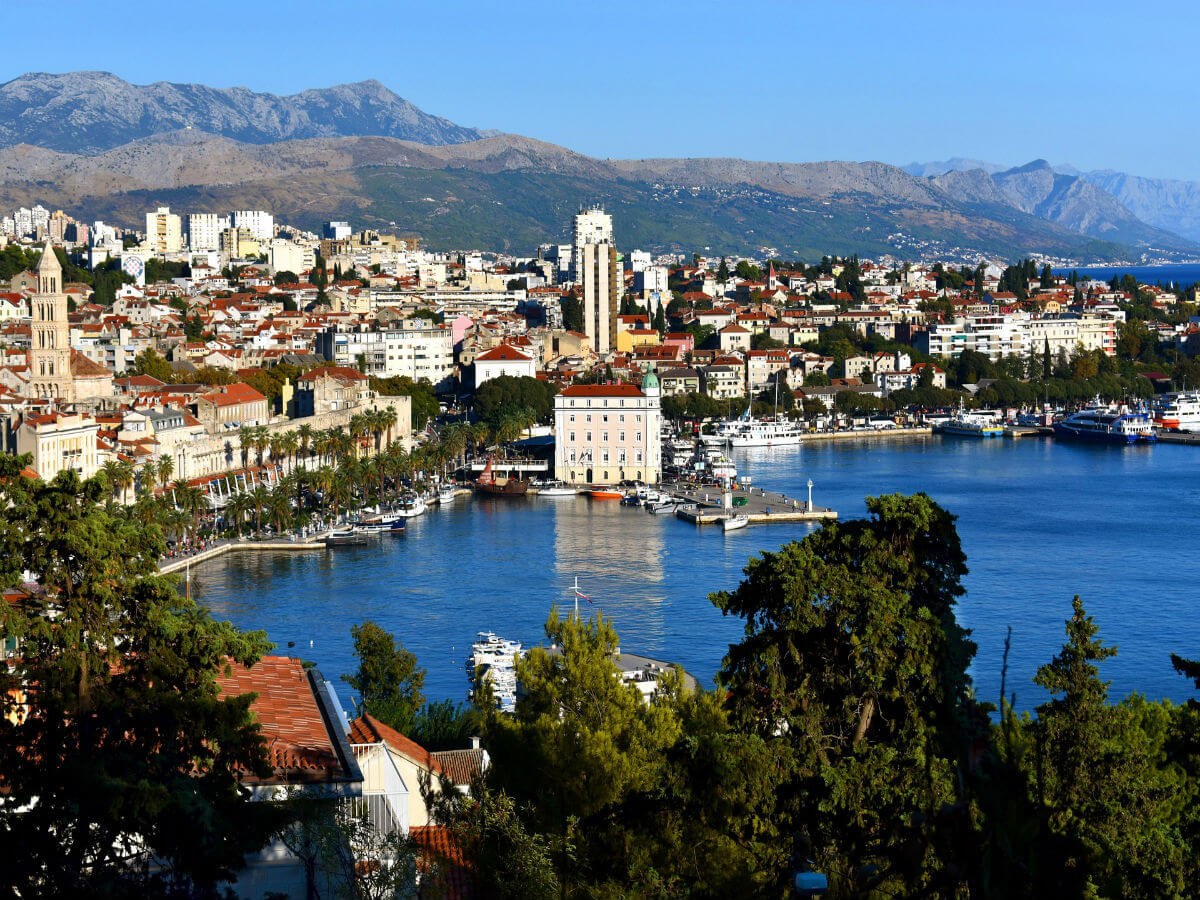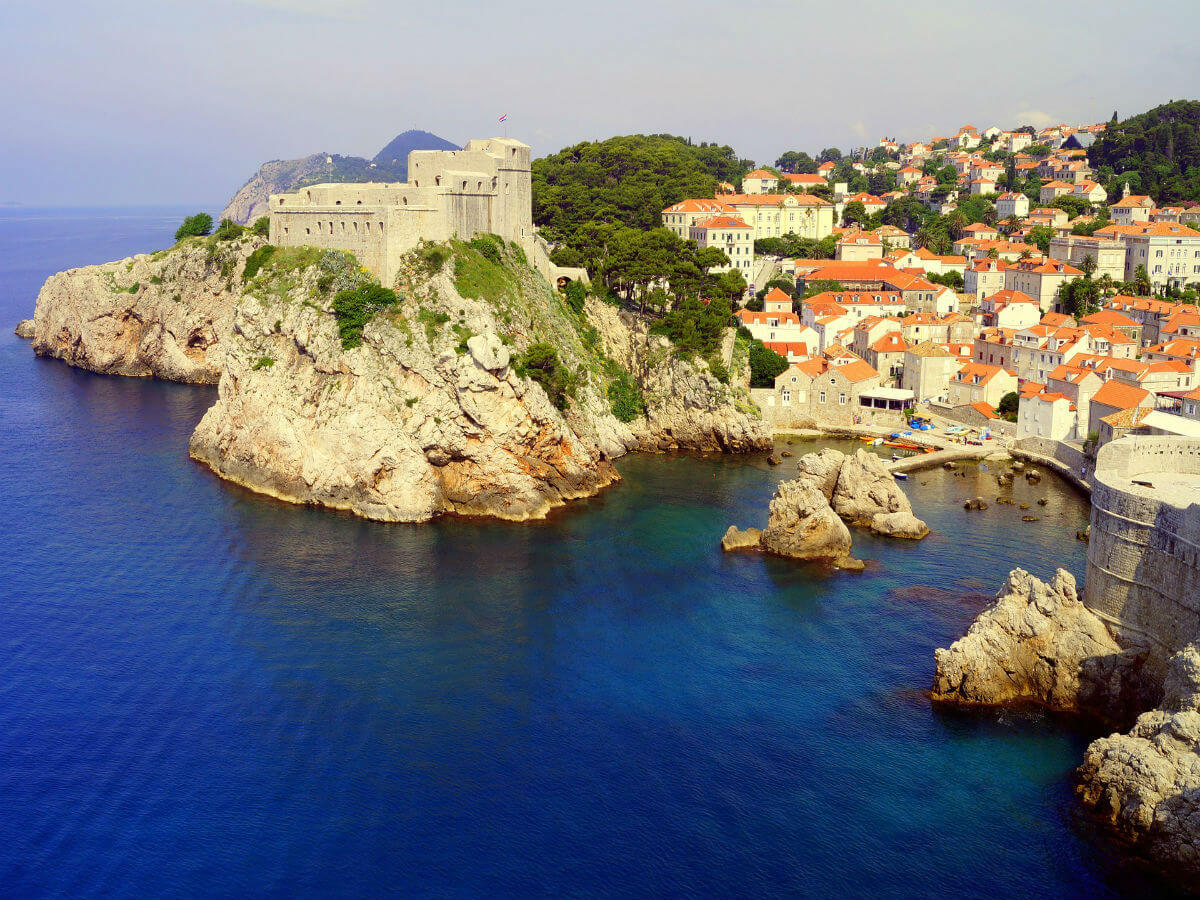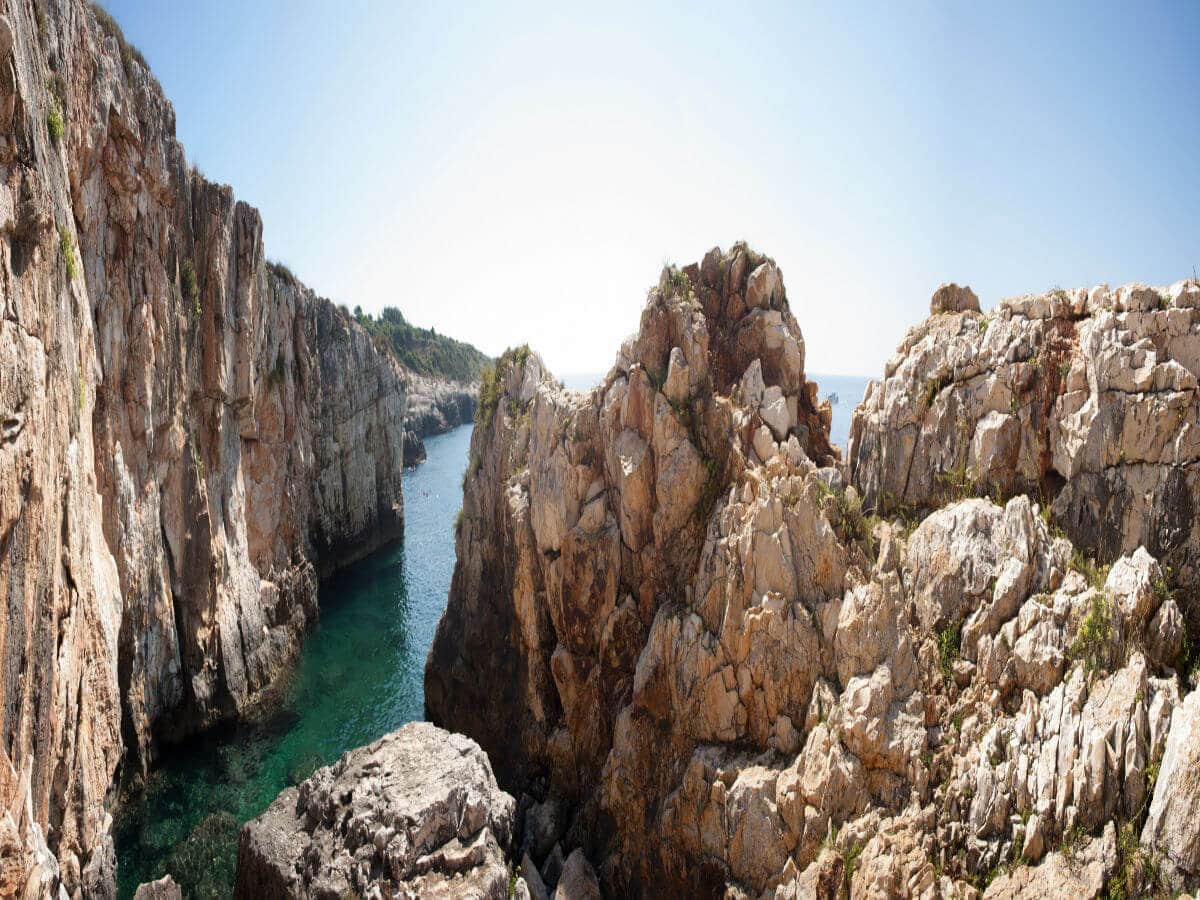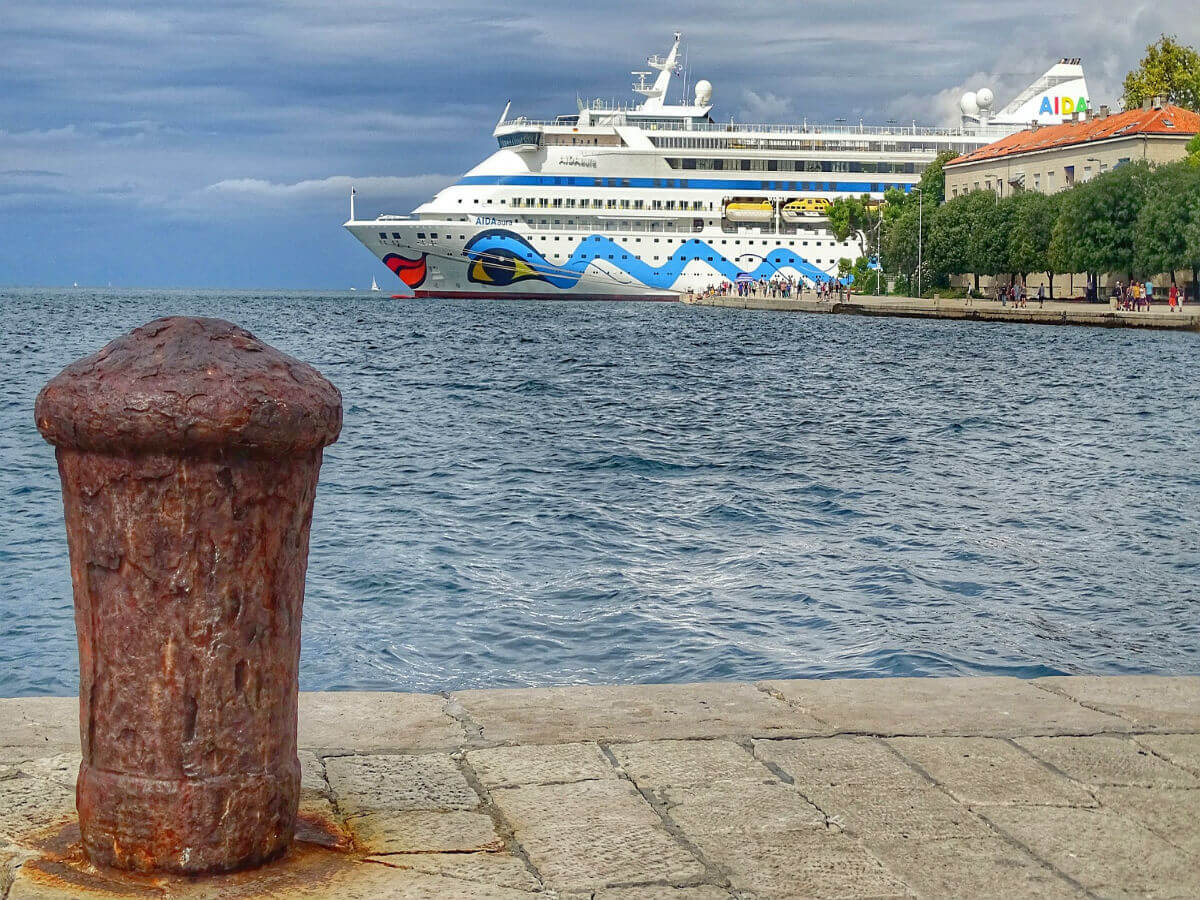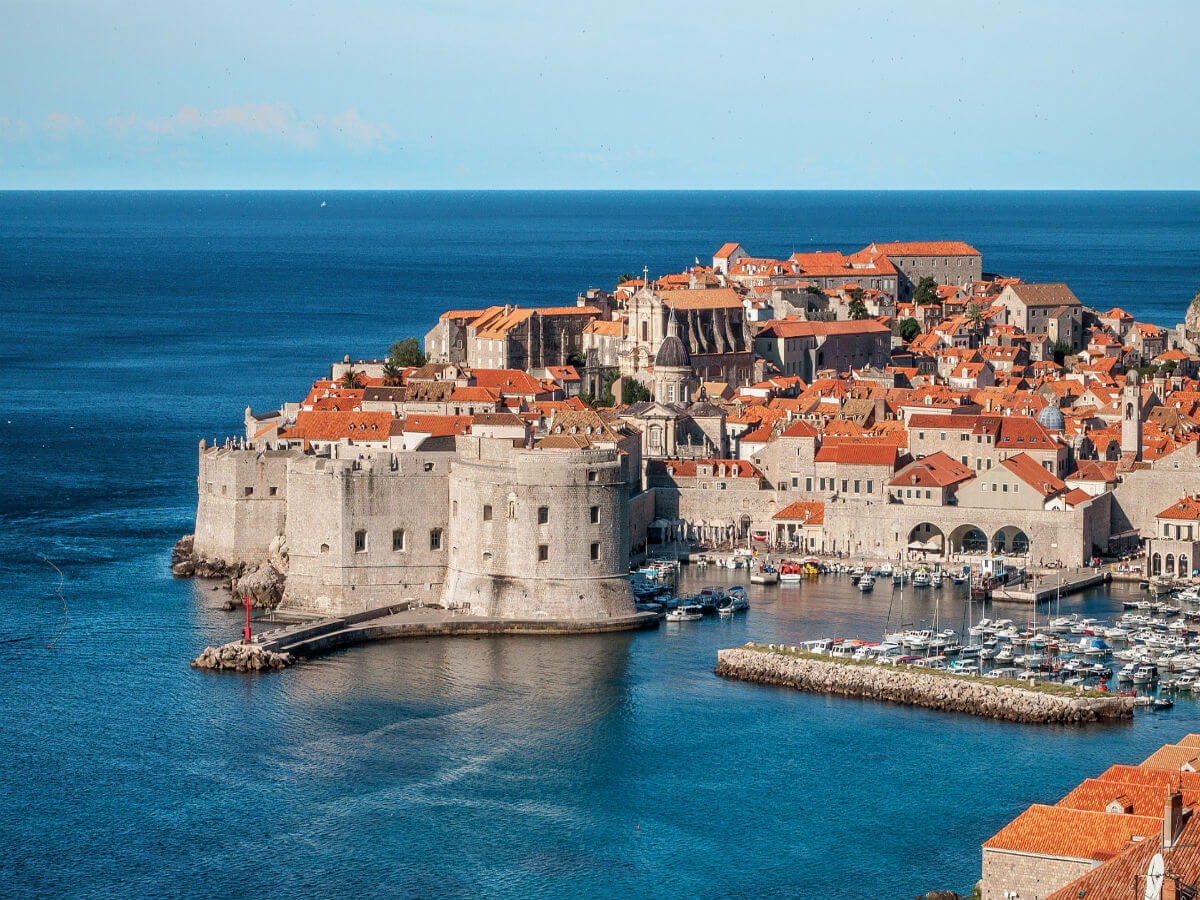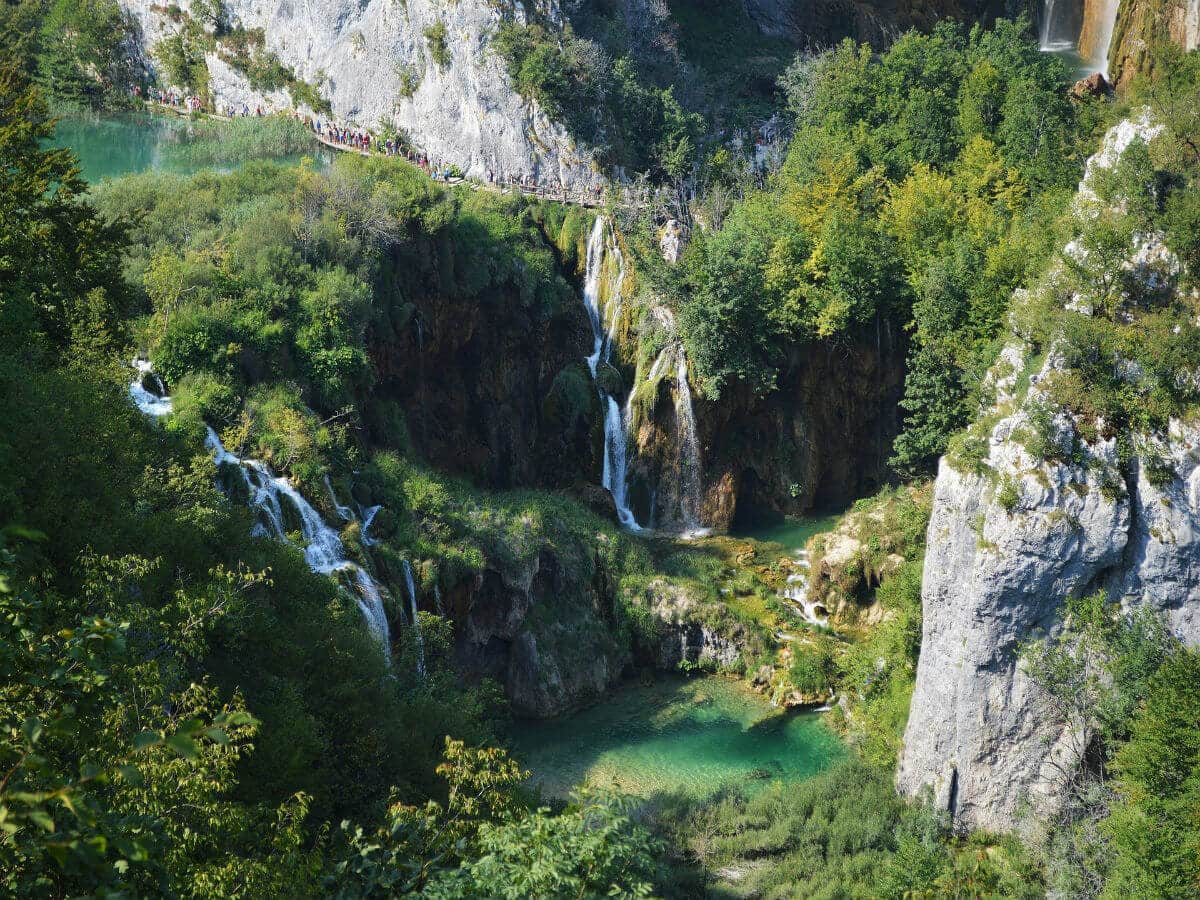Tour Packages
Croatia Tour Packages
SUPER DEAL PRICE
STARTS FROM
per person on twin sharing
ATMs are common in cities, less so rural areas.
Credit cards are commonly accepted in Croatia's cities.
Finding a bank in Croatia is quite easy.
The legal drinking age in Croatia is 18.
Croatia residents are known for their hospitality.
Croatia - Visitors Statistics

Annually
2,06,00,000
Male51%
Female49%
By Purpose
Couples
For Newlywed Vacations
Family
For Family Vacations
Top Visitors from India
Mumbai
Delhi
Bengaluru
Chennai
Kolkata
Hyderabad
Pune
Ahmedabad
Jaipur
Lucknow
Everything You Need to Know About Croatia
Pristine nature, enchanting island landscapes, medieval architecture, and untamed wilderness all in the middle of Europe. No wonder this beautiful country was nicknamed Jewel of the Adriatic by the esteemed Wanderlust Magazine. But Croatia is much more than a green paradise it has a rich and varied cultural heritage and history, drawing tourists from across the world. Croatians are influenced by Central European, Mediterranean, and Balkan cultures, preferring community spirit over individualism. If you’d like to explore this beautiful country, check out the Croatia tour packages from GT Holidays.
If you’d like to explore this beautiful country, check out the Croatia tour packages from GT Holidays. And if you’d like a customised itinerary, message us on Instagram.
View All Croatia Tour Packages
Travel Tips

Visa Information
Check visa requirements before traveling, ensuring a smooth entry and compliance with destination regulations.

Health and Safety Tips
Prioritize health, stay hydrated, follow safety guidelines, and maintain personal hygiene for a secure journey.

Currency and Tipping
Familiarize with local currency, consider customary tipping practices for respectful and seamless travel experiences.
FAQs:
Book Your Dream Vacay Today!












